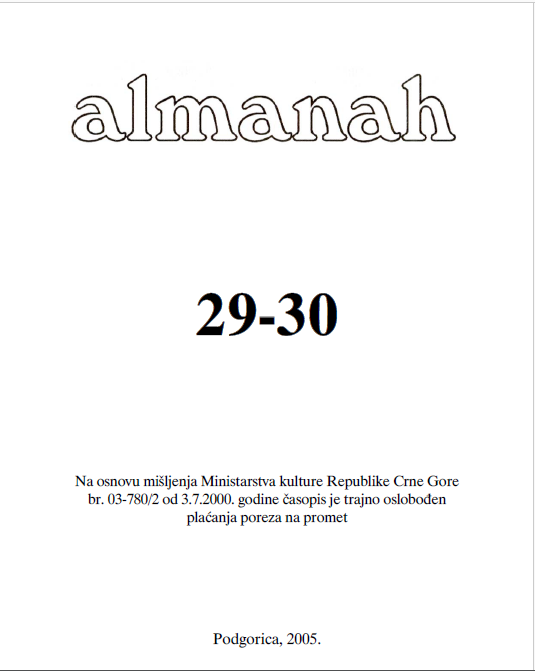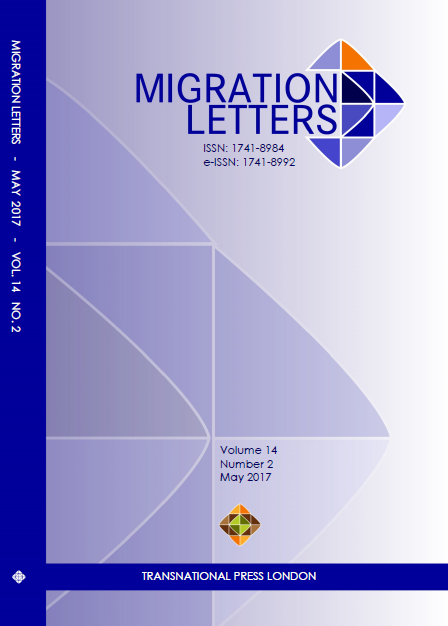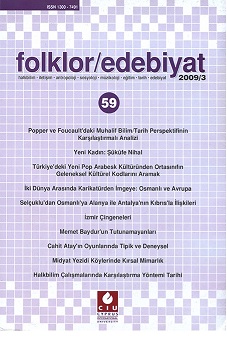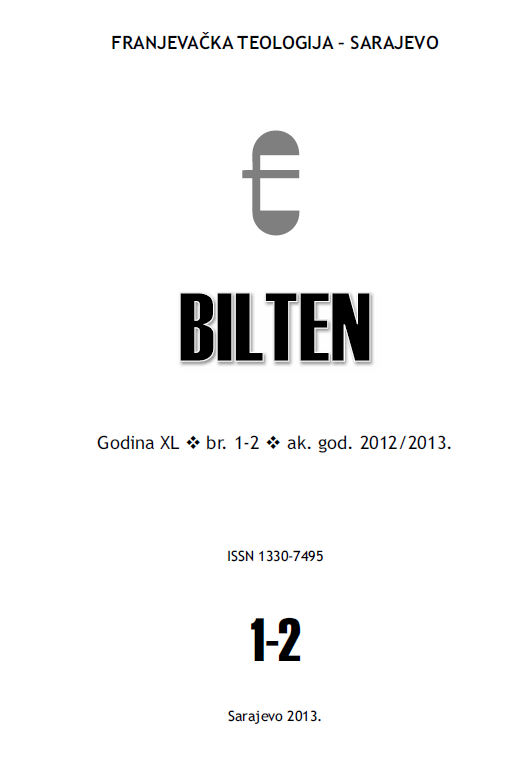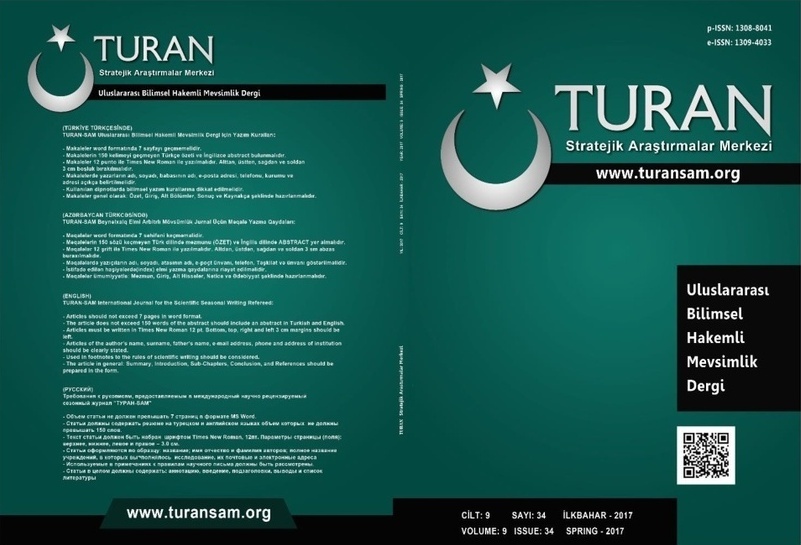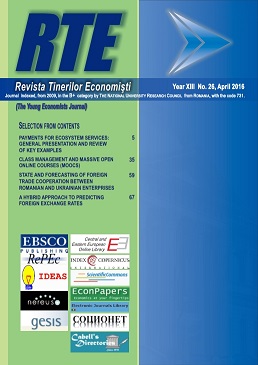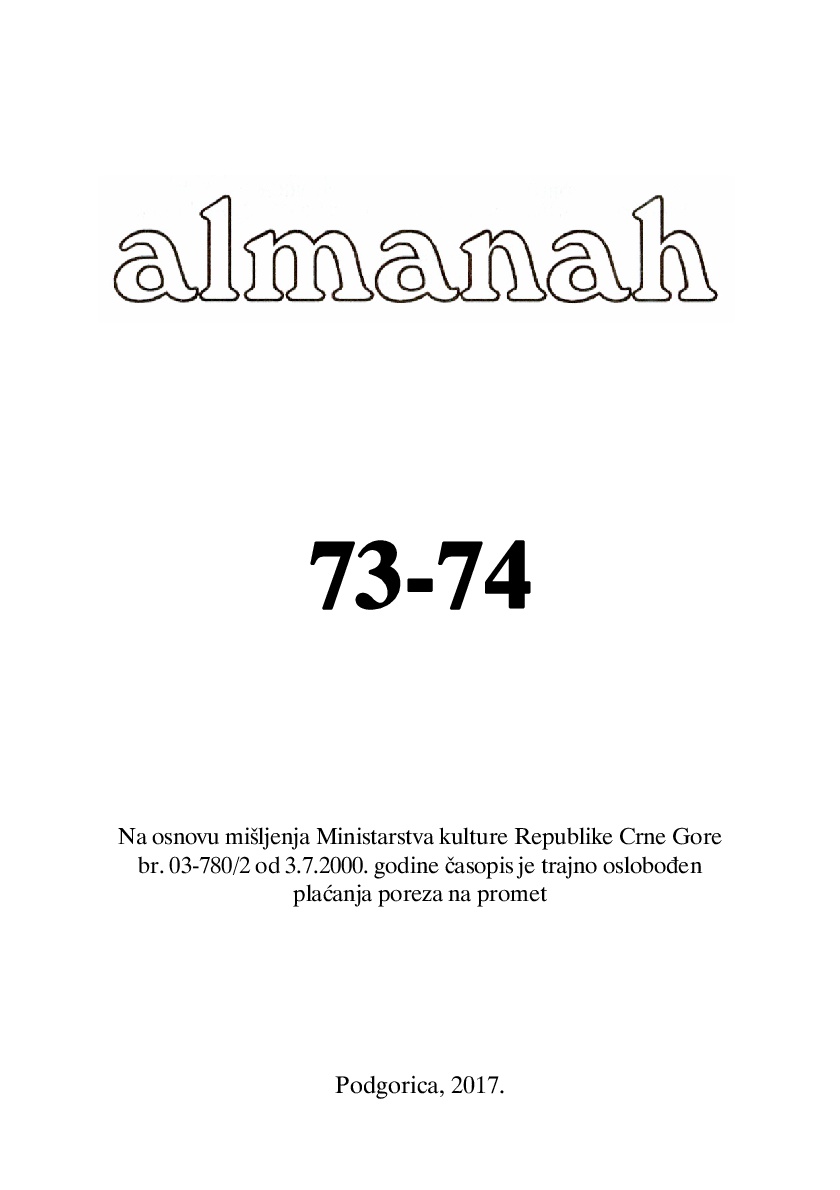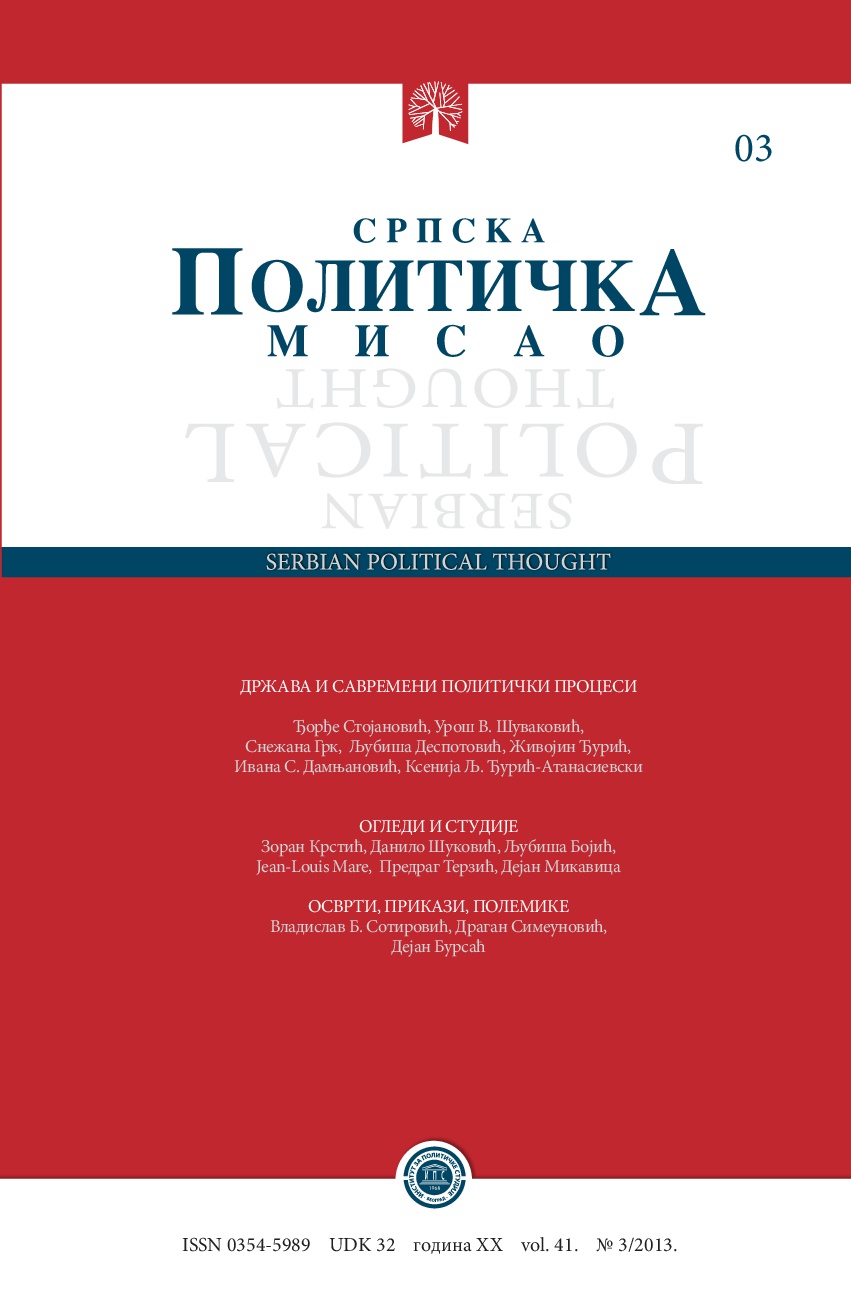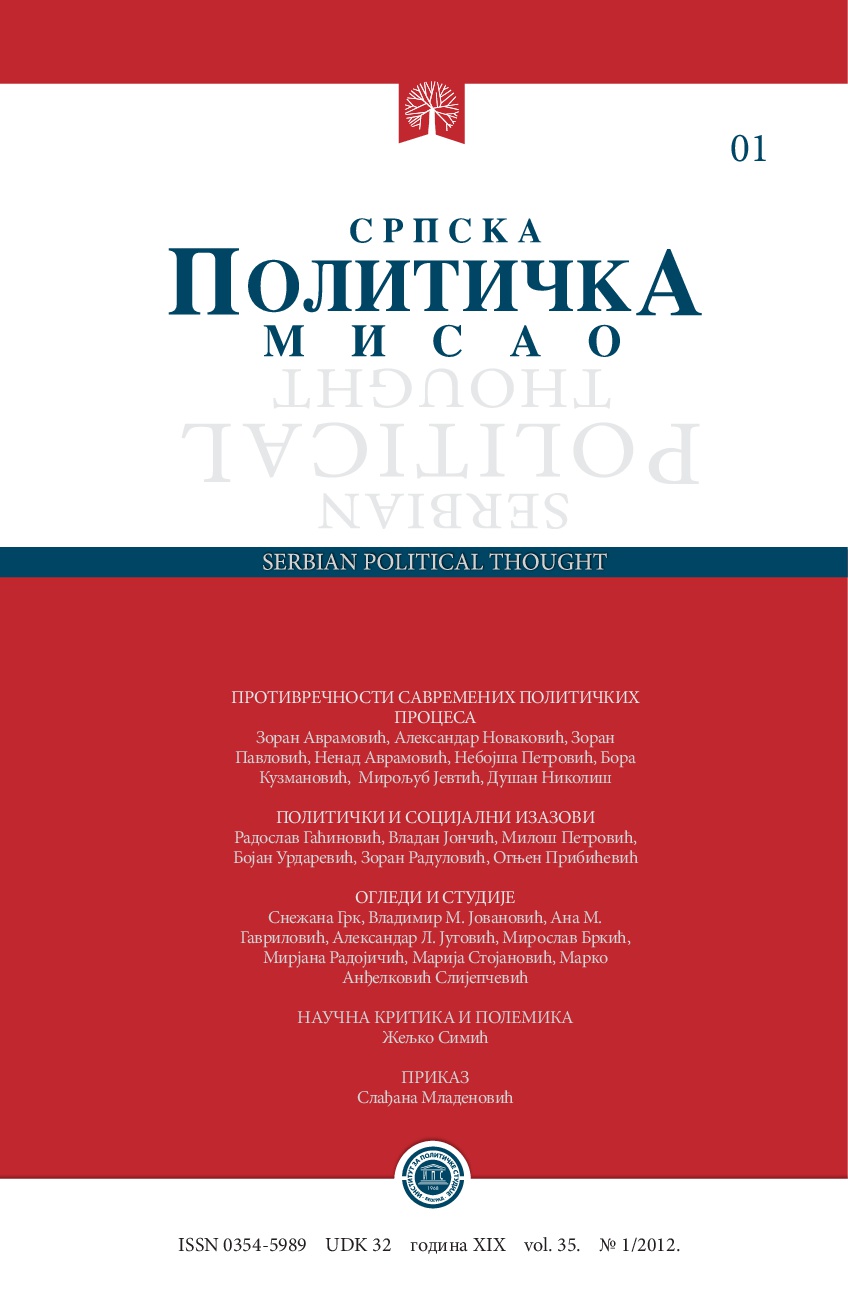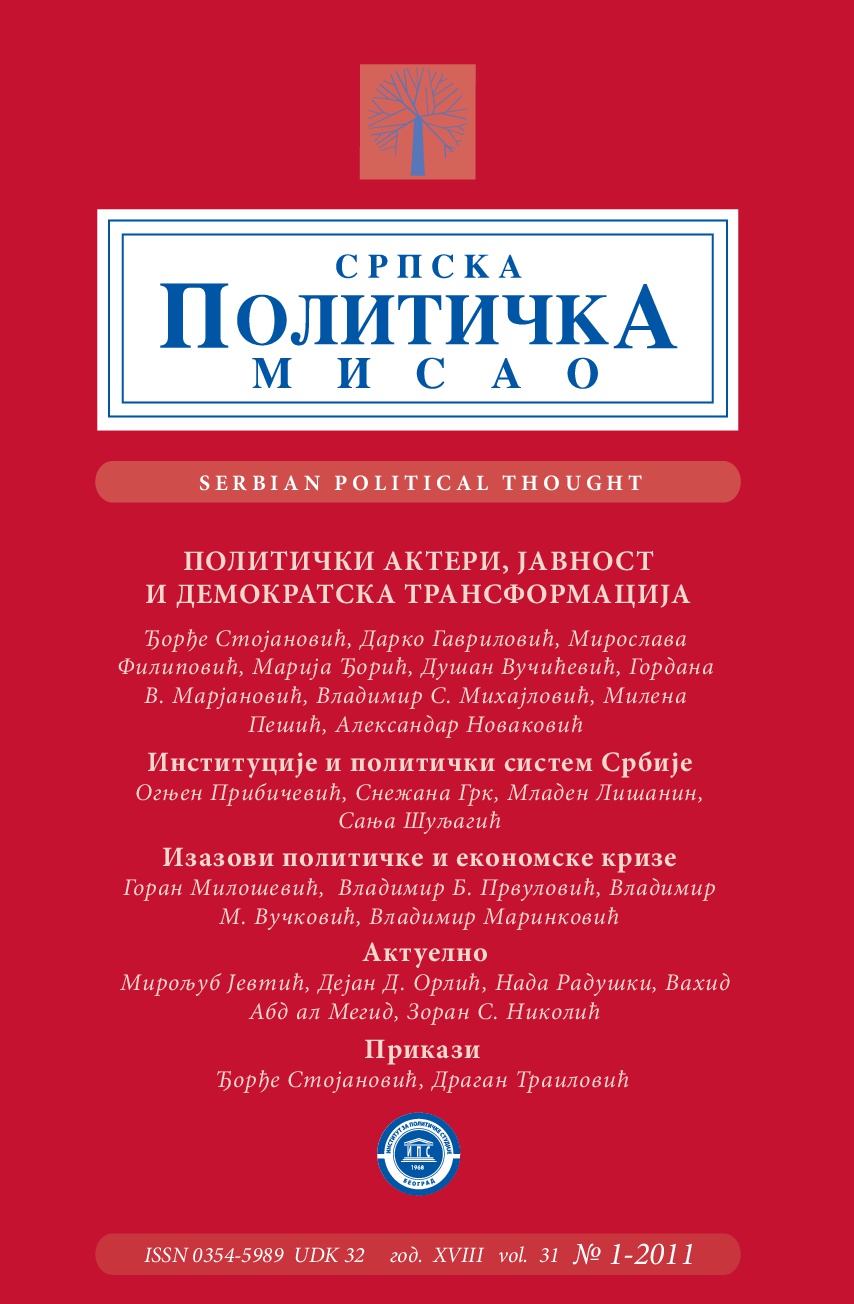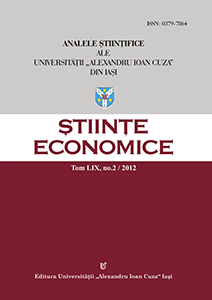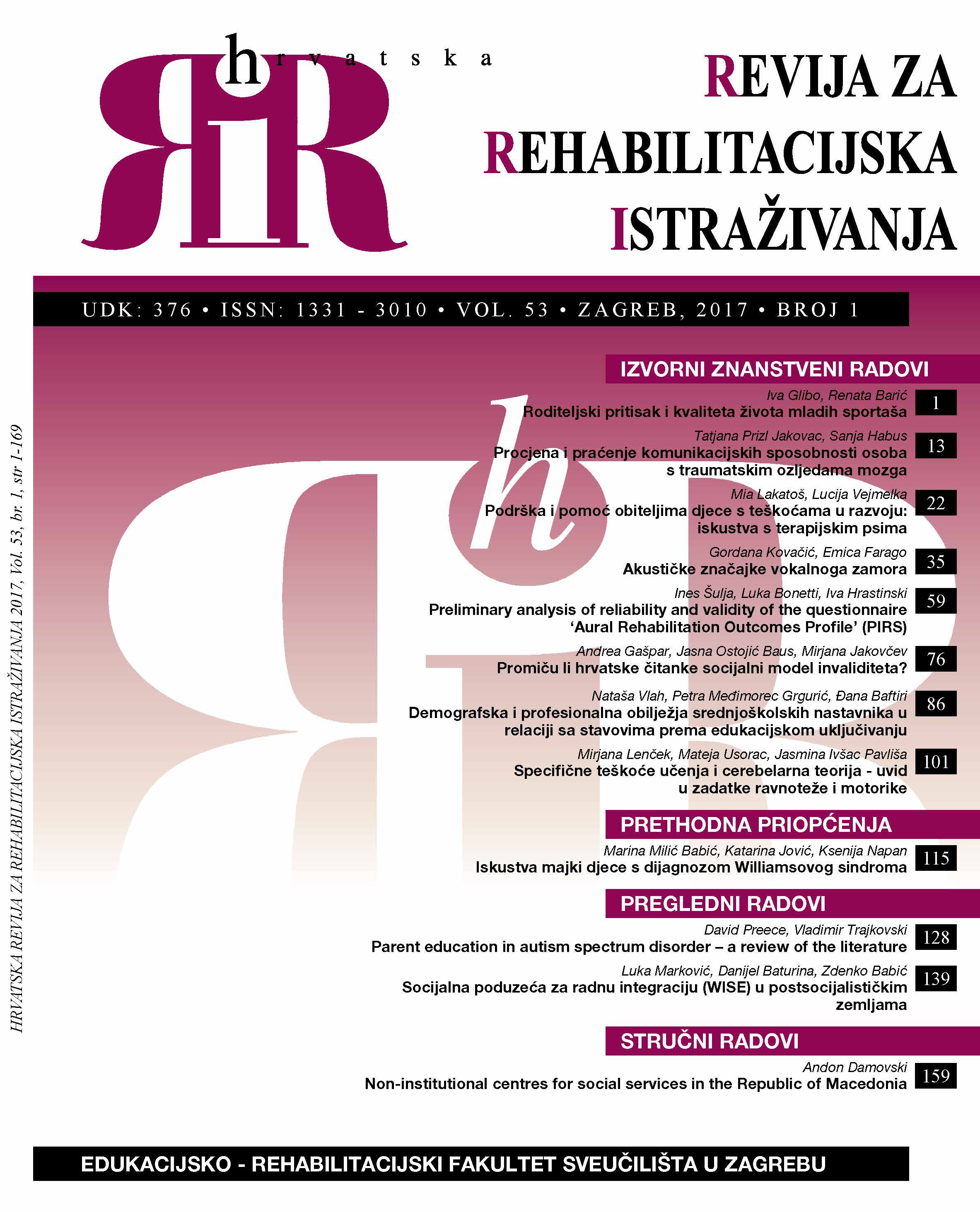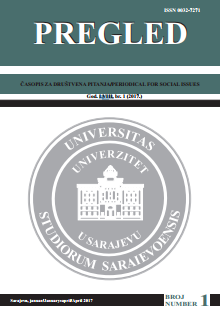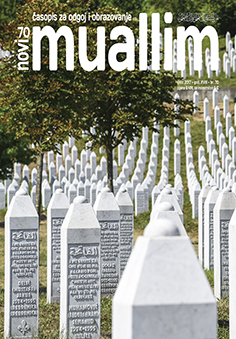Author(s): Danilo Šuković / Language(s): Serbian
Issue: 3/2013
This paper analyzes the major demographic changes in our country and the world, which are primarily reflected in the permanent aging population. Aging population is a global trend, present in developed countries and around the world. In developed countries, the age structure is much less favorable than in developing countries, which can still be considered as “young” populations. It is expected that these trends will intensify in the first half of this century. The proportion of the working population in industrialized countries should be around 68% in 2050, and it was around 84% in 1950. This trend has the same pattern in developing countries, although the age ratio between young and old population is much more favorable. The proportion of the working population in these countries is expected to be around 82% compared to the total adult population, while it was around 92% in 1950. Economic aspects of the aging population are especially considered. Due to the deteriorating ratio of the number of those who work to those who receive pensions, there is practically the collapse of the pension system. The unfavorable demographic trends in Serbia will reduce the working potential of nearly 8% in this decade, which will have a negative impact on the functioning of the labor market and the employment potential for future growth. Potential and available human capital will decrease, while the aging population will increase the already enormous pressure on the social security system, especially on pensions and health care. In the paper the author point out not only the problems of the current pension system, but also the possibility of overcoming the economic problems caused by the aging population, mainly through necessary pension reform, as well as considering the possibilities for the abolition of the official retirement age, as well as U.S. authorities have done at the federal level, where more than a third of people over 65 years remained at work or transferred to other duties. Researches show that 50% of Americans expect to be active and work when they reach seventy years of age. In Japan, 78% of 55-59 year-olds say they plan to work after retirement. In this paper the author points out other economic aspects of aging population, such as far-reaching structural changes in the economy which are primarily reflected in the reduction of the labor force, that is, in changing capital/labor ratio as the basic factors of production. The shift of the labor supply due to declining fertility rates will increase the price of labor, which will encourage capital to be placed in a capital-intensive activity, that is, the activities with less living labor. As the number of elderly people is constantly increasing, this will cause a change in the structure of demand in the market for goods and services because their needs substantially differ from the needs of young people. Changes in the structure of demand for goods and services will necessarily cause a change in the structures of supply, which must be adapted to demand. All these structural changes caused by the aging population are very important for economic development. At the end of the paper the author points out that the economic effects of aging population are not only negative, but there are also significant positive impacts. There are estimates that the social gains from longer life expectancy in the period from 1970 to 2000 are equal to the overall economic growth in this period. Working potential of older people can be of great benefit to economic development due to the accumulated human capital which they possess if the society finds a suitable way to incorporate it into the economic mainstream.
More...

